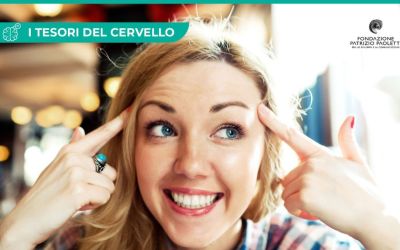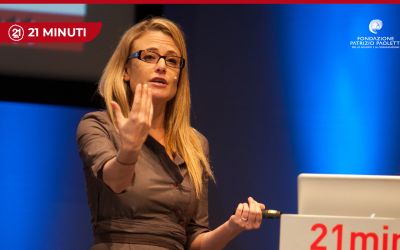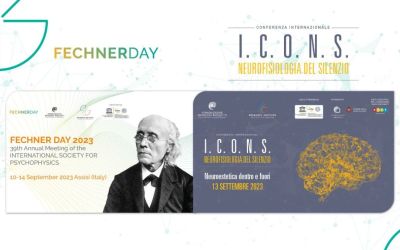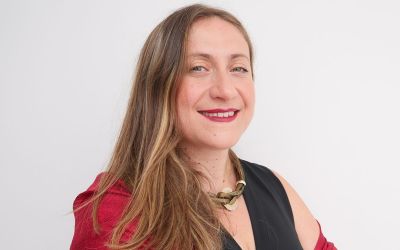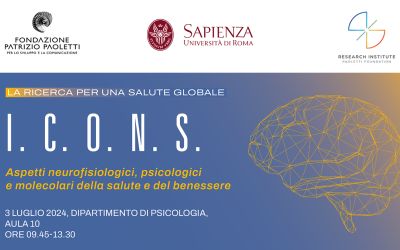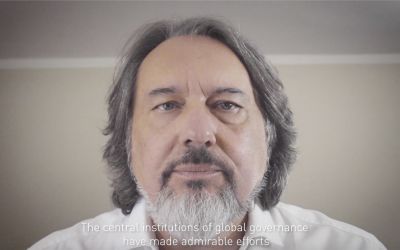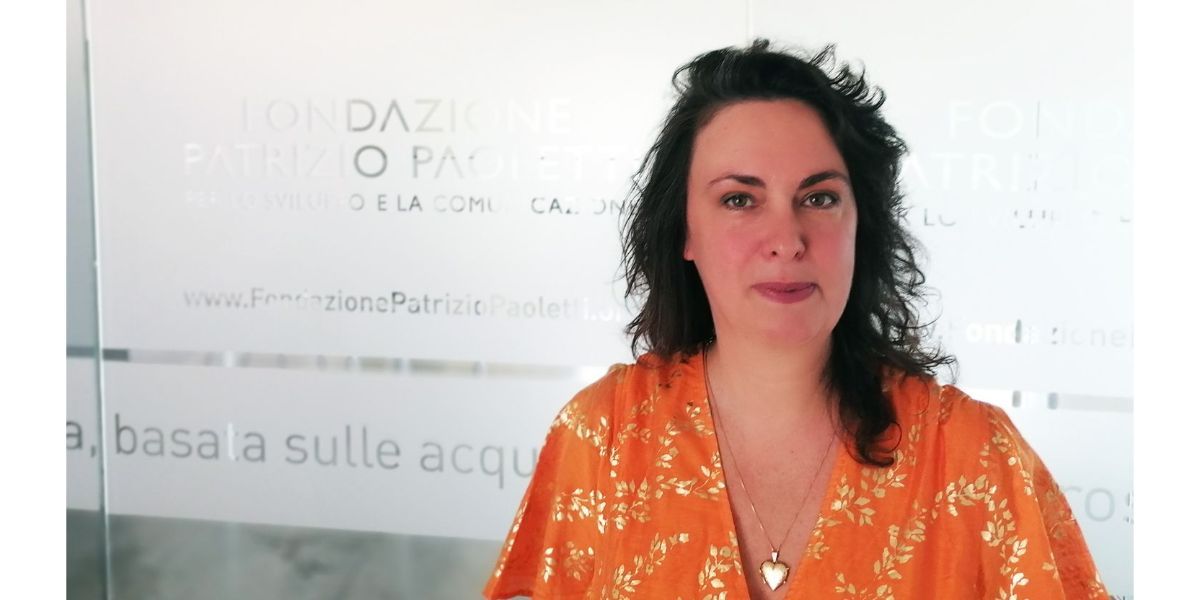
Interview with Tal D. Ben-Soussan, director of RINED: neuroscientific research as a guide to psychophysical well-being
The Research Institute in Neuroscience, Education and Didactics (RINED) is part of the Patrizio Paoletti Foundation (FPP), an Italian foundation registered in the National Register of Research at the Ministry of Education and Merit (MIUR). The main goal of RINED, and of FPP in general, is to identify new theoretical and practical models of knowledge that promote cognitive, physical, psychological, and emotional health and well-being from childhood to old age. Today we present an interview with Tal D. Ben-Soussan, a neuroscientist trained at Bar-Ilan University in Israel and director of RINED for two decades.
Why do neuroscience and research at all?
First of all, because understanding the mechanisms of brain functioning in relation to our physical, emotional, and cognitive well-being or suffering can help create strategies for growth. If you know which pathways and brain waves are connected to specific mental states, you can activate them voluntarily, choosing the state you desire.
Can you give an example?
Of course, for example, this is the case with meditation and exercise. Nowadays we know which brain waves (millions of neurons firing together, working cooperatively) are related to different types of states and different types of meditation. So if we want to be more focused, there are techniques for that, and equally if we want to be more relaxed. If what is to be achieved is a greater sense of unity with the world, with other people, with nature, and also an increase of empathy, we can be very confident in this regard, in our ability to understand the brain mechanisms. It is not only a theoretical issue, it can have concrete repercussions useful for changing one’s life. Personally, I believe very much in applied neuroscience, what we know and what we aim to discover should serve and in fact does serve society as a whole.
We still have much to discover. We started more than 20 years ago to examine the effects of a moving meditation specially designed by Patrizio Paoletti, Quadrato Motor Training (QMT), on the cognition of healthy participants. It took some time for the medical community and many researchers to grasp the connection, and over the years we have shown how activating certain parts of the brain (such as the cerebellum) and switching to slower frequencies of synaptic activation can help both in various cognitive skills, such as spatial cognition and creativity, and in emotional well-being.
We then extended the research to learning disabilities, demonstrating improvement in reading, spatial and temporal cognition and even in dyslexia and more severe learning disabilities. In recent years we have initiated promising collaborations with several universities and hospitals, also working with Alzheimer’s patients with similar results.
Next week we will finally implement research with Parkinson’s patients as well, with my wonderful molecular team (Sabrina Venditti of Sapienza University and Micaela Caserta and Loredana Verdone of CNR, who have worked with me for the past 10 years) and Professor Carlo Quattrochi. We will merge two lines of investigation, that of neuroanatomical changes and that of molecular changes following QMT in people with Parkinson’s disease. There is still much to be studied and contexts in which we need to support people with various motor, cognitive and, possibly, emotional disabilities. Years ago, our findings emphasized a growing understanding of the value of the interaction between physical activity, positive emotions, and self-regulation.
Is this why you have dedicated the past 20 years of research and activities to the Patrizio Paoletti Foundation and the research institute RINED?
Yes definitely, we combine the pursuit of academic knowledge with its application to different fields and populations in society. In addition to conducting cutting-edge studies in the laboratory, we also conduct them in the field, examining and teaching undergraduate students. We also conduct online studies, for example, examining the connection between people’s well-being, movement (such as dance), and perception of space. We conduct conferences for the scientific community and the general public (such as the upcoming Fechner Day and ICONS).
Do you have a final message for our readers?
Yes, if you feel that you are somehow stuck in your life and want to break out of it, or if you simply want to improve a certain aspect of your life, you should have a map – this map can also be represented by your brain. It is the ancient metaphor of the labyrinth, and now we have a wonderful opportunity to examine it cautiously with several fascinating tools, represented by electrophysiological changes in the brain, immune system, and even DNA.
I feel privileged to have had the opportunity to direct and orient my academic knowledge and curiosity toward these lines of research and to be able to contribute to their continued expansion worldwide, in terms of topics and methods.
Be part of the change. Responsibly sharing content is an act of sustainability.
Let's train emotional intelligence: what emotion does this article arouse in you?
